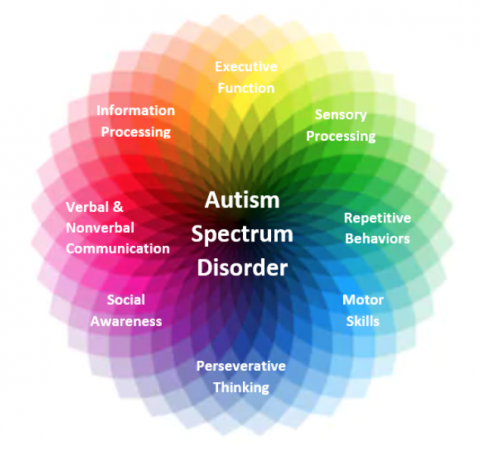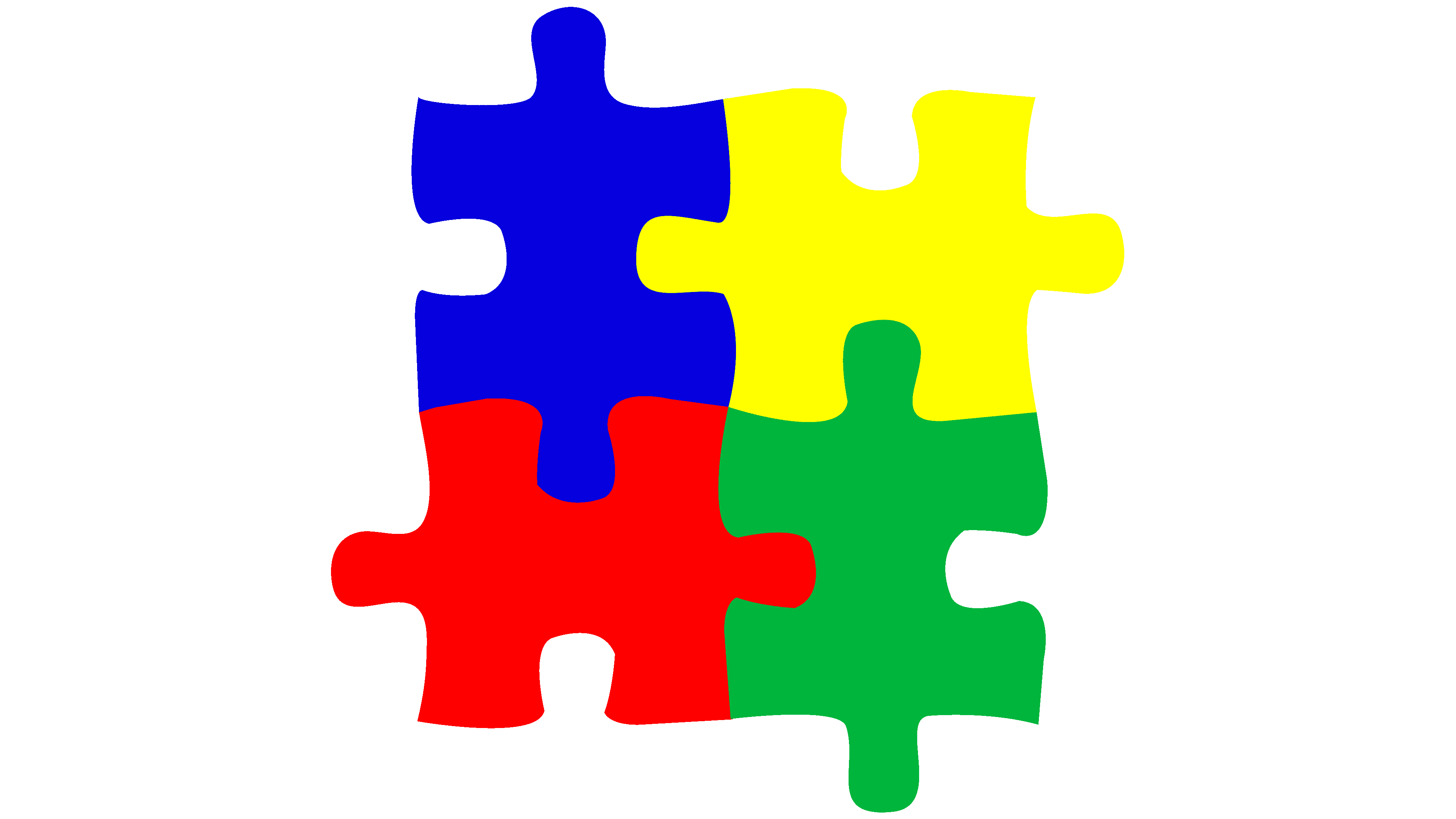Autism and Sensory Processing: Exploring the Connection and Its Effects
Autism and Sensory Processing: Exploring the Connection and Its Effects
Blog Article
Exploring Autism: Techniques for Reliable Communication and Interaction
Effective communication and communication with individuals on the autism range demand a detailed understanding of their distinct needs and choices. The details of these approaches reveal more factors to consider that warrant exploration, particularly in exactly how they can be adapted to diverse contexts and specific experiences.
Recognizing Autism Spectrum Condition
Autism Spectrum Condition (ASD) includes an array of neurodevelopmental problems characterized by difficulties in social interaction, interaction, and repeated behaviors. The term "spectrum" reflects the diverse symptoms and differing levels of intensity experienced by individuals with ASD. While some may exhibit substantial impairments, others might present high-functioning characteristics, enabling for higher independence in life.
The onset of ASD commonly happens in early childhood, with indicators frequently identifiable by age two. Very early indicators may consist of postponed speech advancement, restricted eye call, and problems in comprehending social signs. The precise etiology of ASD continues to be uncertain, study suggests a combination of ecological and genetic aspects plays a crucial duty in its development.
People with ASD typically have one-of-a-kind strengths, such as enhanced interest to information and outstanding memory abilities. They may have a hard time with understanding abstract concepts and handling modifications to regular - autism. Consequently, interventions and support customized to individual requirements are vital for fostering communication and social skills. Identifying the intricacy of ASD is important for advertising awareness, approval, and reliable approaches that help with meaningful interactions with people on the range.

Importance of Clear Interaction
Effective communication is vital for fostering understanding and connection, specifically for people with Autism Range Problem (ASD) Clear interaction not only assists in social interactions yet additionally boosts the individual's ability to express their emotions, ideas, and demands. For people with ASD, the subtleties of language can typically be testing; therefore, utilizing unambiguous and uncomplicated language is necessary.
Moreover, clear interaction helps minimize stress and anxiety that may emerge from misunderstandings. When messages are communicated in a direct and regular fashion, people with ASD are better outfitted to analyze information accurately, which can substantially enhance their social engagement and participation in numerous setups.
Establishing routines and utilizing aesthetic assistances can even more boost clear communication. These strategies give individuals with foreseeable structures that help comprehension and retention of info. In addition, actively being and listening client throughout communications promotes a helpful environment where individuals with ASD really feel valued and understood.
Eventually, prioritizing clear interaction not only equips individuals with ASD but likewise cultivates more significant links with their peers, caretakers, and the wider neighborhood, leading the way for comprehensive interactions and collective relationships. - autism
Non-Verbal Communication Methods
Communication prolongs past words, and for individuals with Autism Range Disorder (ASD), non-verbal signs play a substantial role in interactions. Non-verbal communication techniques can consist of faces, motions, body language, and eye call, all of which work as important parts for sharing purposes and emotions.
Comprehending and analyzing these non-verbal signals can improve interactions with individuals with ASD. As an example, a warm smile or open position can produce a welcoming atmosphere, motivating interaction. Utilizing visual aids-- such as image cards or icons-- can link communication voids and assist communicate messages extra effectively.
It is also crucial to be mindful of individual room, as individuals with ASD may have different convenience degrees relating to closeness. Observing their reactions to physical distance can inform suitable modifications.

Creating Helpful Atmospheres
Developing an encouraging environment is essential for fostering favorable communications and improving the wellness of people with Autism Range Disorder (ASD) my review here Such atmospheres can dramatically lower anxiety and develop a feeling of security, enabling people to reveal themselves much more easily.
To attain this, it is necessary to consider sensory sensitivities that individuals with ASD may experience. Changing the physical room to consist of soft lighting, very little history noise, and comfortable seats can create a relaxing atmosphere. Additionally, using regular regimens and clear aesthetic timetables can help people prepare for transitions and decrease unpredictability, more promoting convenience.
Social spaces must be structured to minimize frustrating stimuli while supplying opportunities for engagement in preferred tasks. Assisting in areas assigned for quiet time can likewise function as a sanctuary throughout moments of stress. Importantly, integrating components of selection encourages individuals, enabling them to exercise firm in their setting.

Motivating Social Communications
Promoting social communications amongst individuals with Autism Spectrum Problem (ASD) needs willful techniques that prioritize convenience and interaction. Developing predictable routines can help minimize anxiety, making social setups much more approachable. Developing structured atmospheres with defined functions and responsibilities allows individuals to involve without the frustrating pressure of disorganized social characteristics.
Incorporating passions and staminas right into social tasks can serve as a stimulant for communication. For example, organizing group activities around shared hobbies or subjects of fascination can promote all-natural discussions and links. Furthermore, making use of visual supports, such as pictorial schedules or social scripts, can help in comprehending social cues and assumptions.
Modeling appropriate social behaviors is crucial - autism. Peers and grownups need to show reliable communication strategies, including active listening and turn-taking. Role-playing situations can also offer a safe area for individuals to practice these skills
Lastly, promoting peer connections through comprehensive methods is vital. Encouraging comprehensive playdates or group getaways can produce possibilities for socializing in a comfortable setup. By carrying out these instructors, techniques and caregivers can substantially enhance social interactions for people with ASD, advertising their total social advancement and well-being.
Final Thought
To conclude, effective communication and interaction approaches are crucial for supporting people with Autism Range Condition. Stressing clear language, incorporating non-verbal cues, and establishing predictable regimens considerably improve engagement and minimize anxiety. Producing check it out helpful atmospheres cultivates secure social communications, while urging shared interests promotes meaningful connections. Eventually, these methods equip people with autism to navigate social landscapes, advertising their overall wellness and making it possible for the development of lasting connections.
Efficient interaction and interaction with people on the autism range require an extensive understanding of their distinct demands and choices. Clear interaction not just promotes social read more communications but additionally improves the individual's ability to express their feelings, needs, and ideas.Cultivating social interactions amongst individuals with Autism Spectrum Condition (ASD) calls for deliberate strategies that focus on convenience and involvement. By implementing these caretakers, techniques and instructors can considerably boost social interactions for people with ASD, advertising their overall social development and health.
In verdict, reliable communication and communication techniques are important for supporting individuals with Autism Range Condition.
Report this page